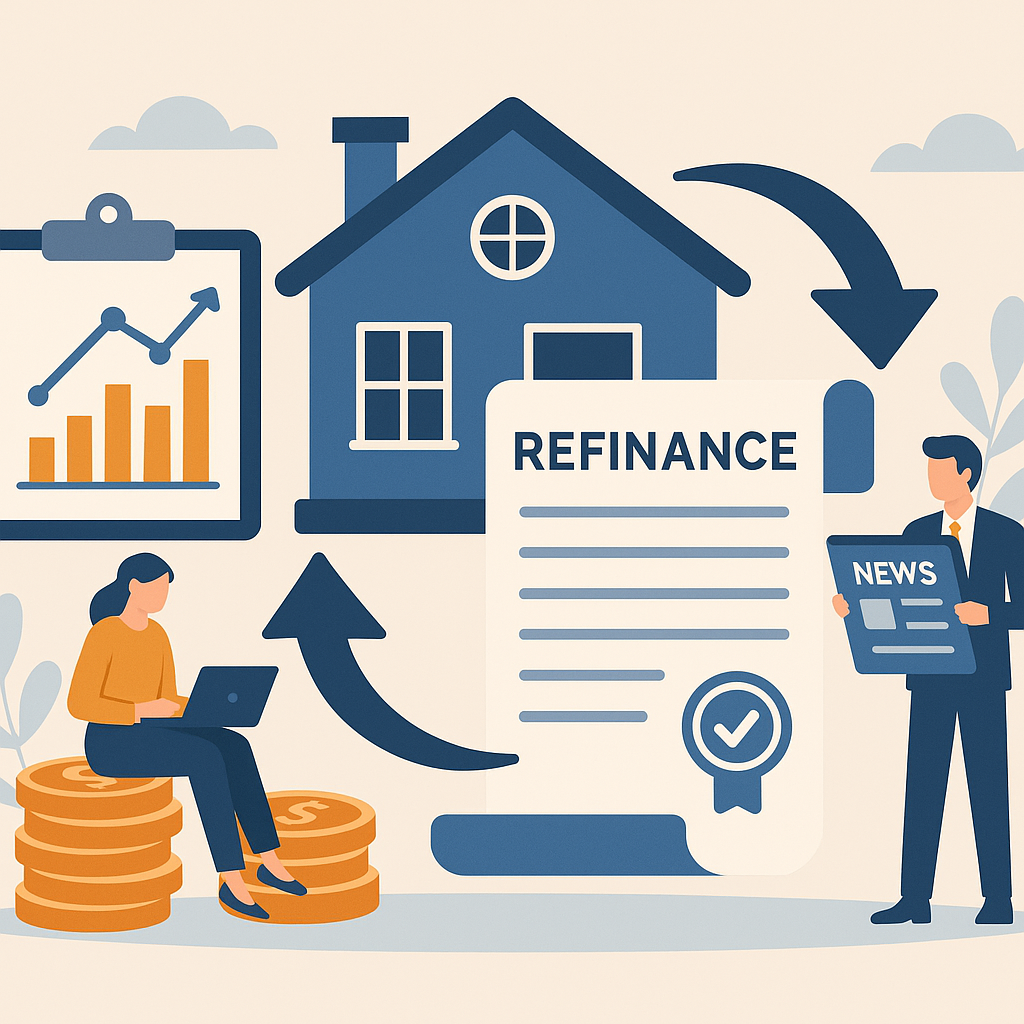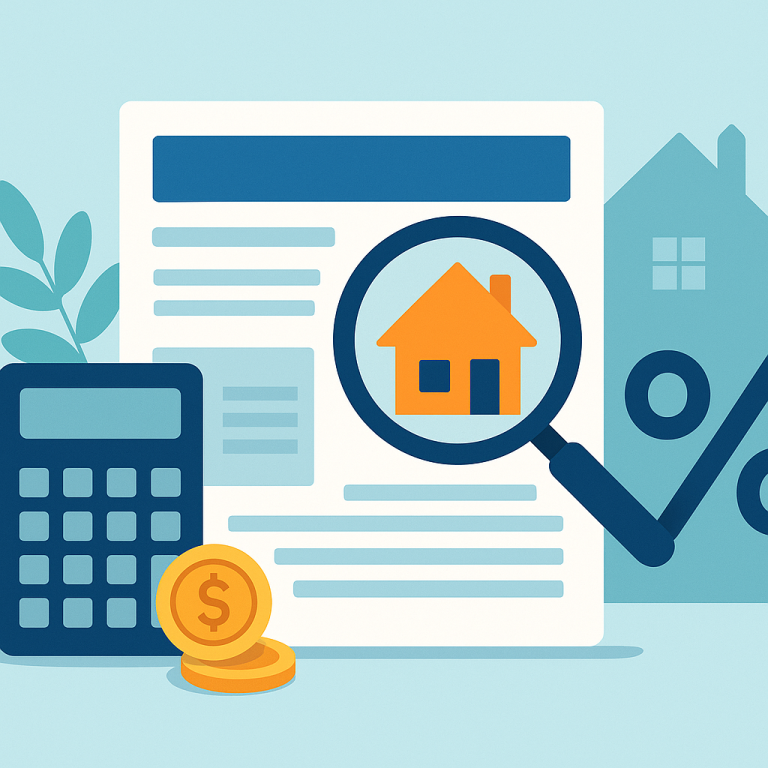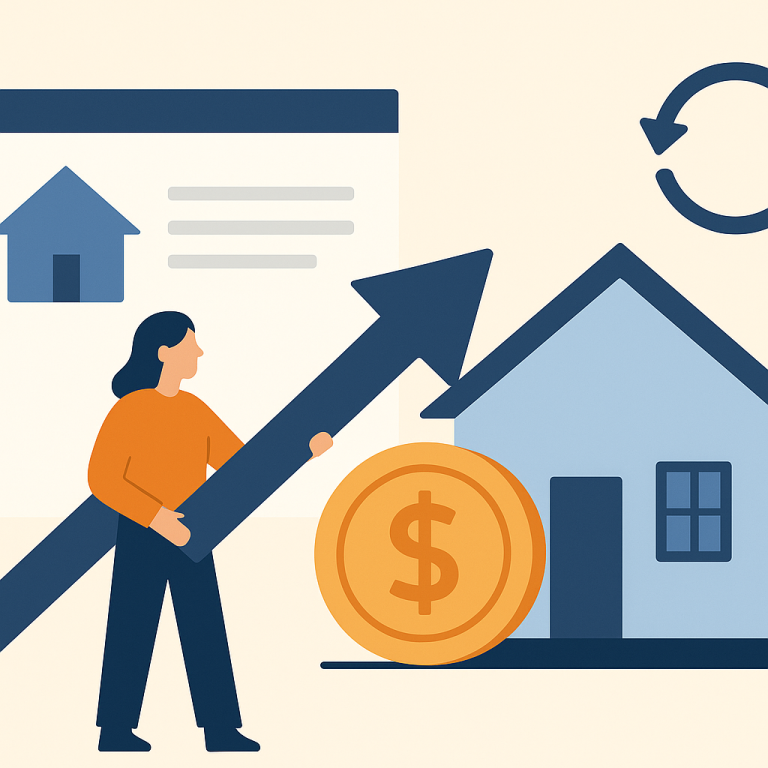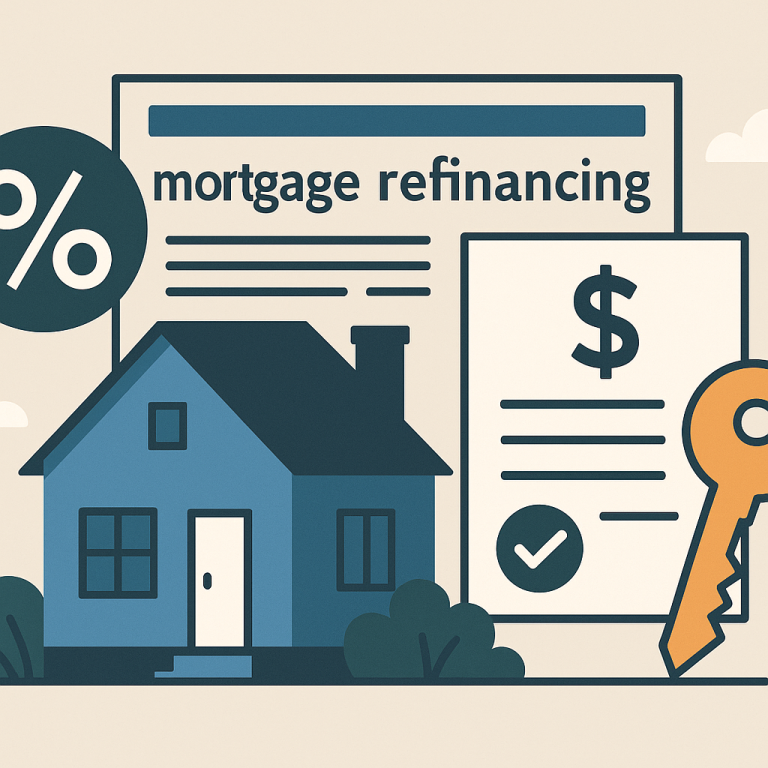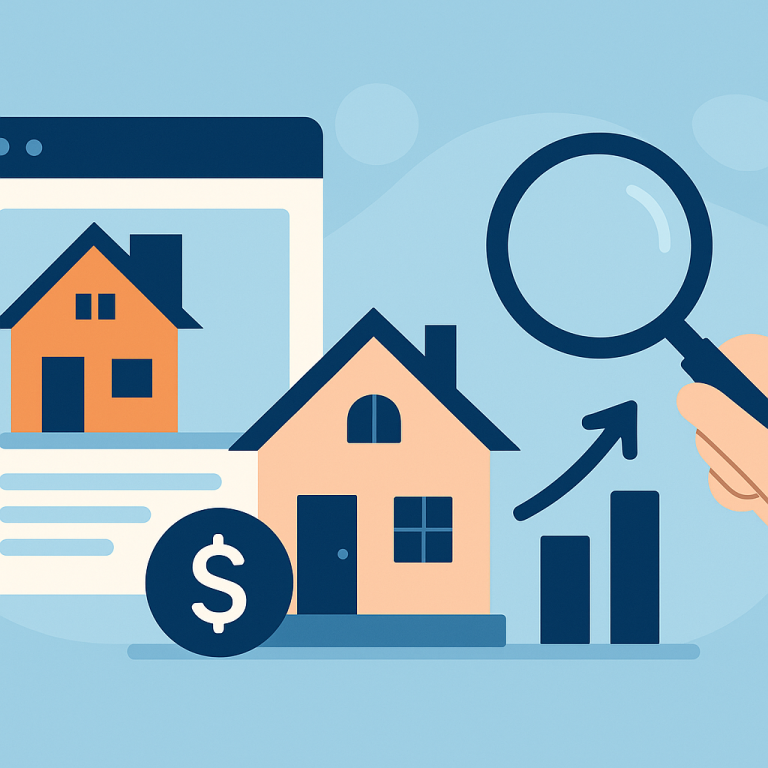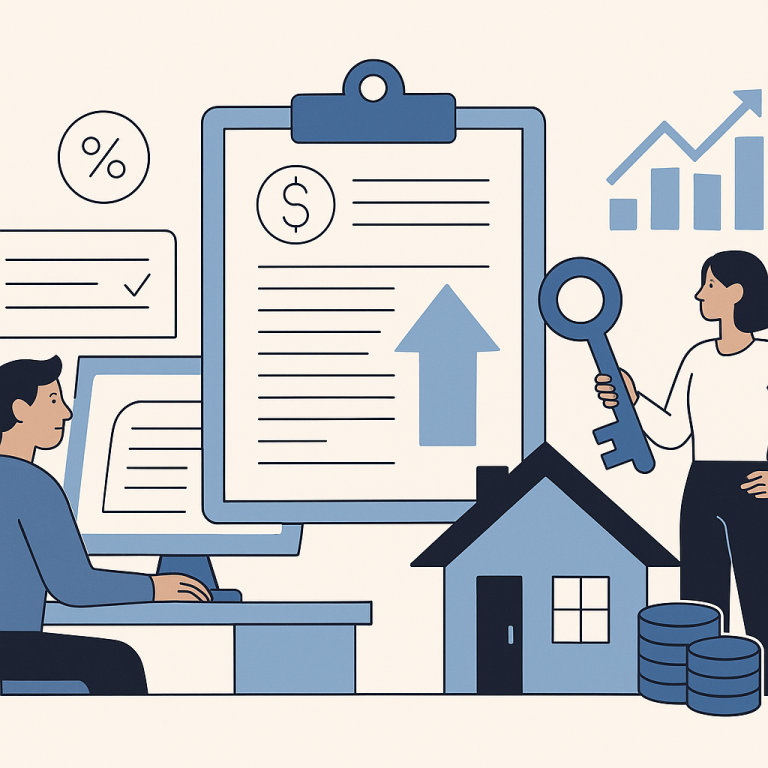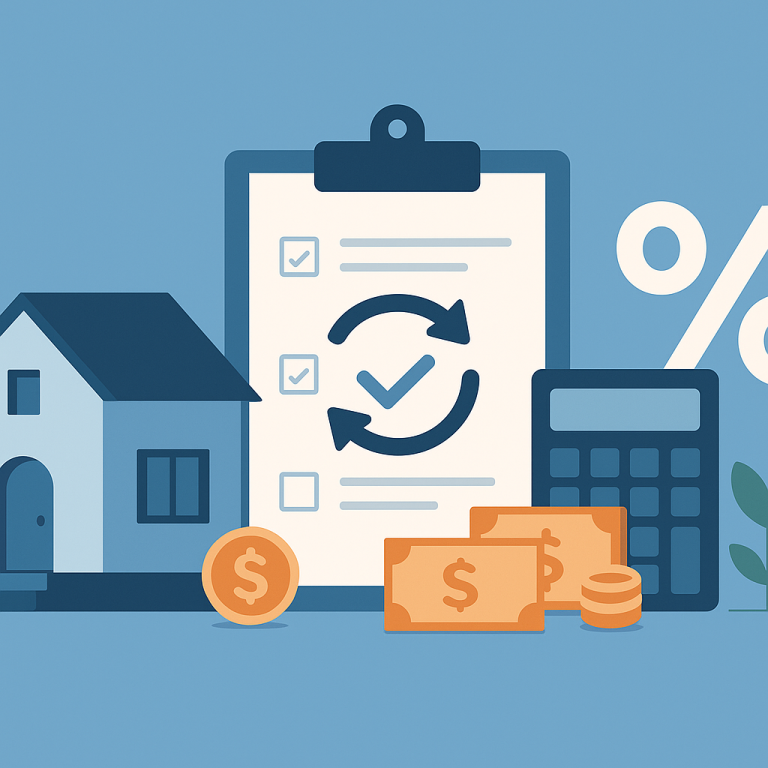30-Year Mortgage Refinance Rates Drop To 5.75% After Treasury Yield Slide
Refinancing Shifts Toward Rate-and-Term and Shorter Loans as Rates Stabilize
Refinancing activity among homeowners is showing a notable shift in focus: as mortgage rates have stabilized after recent volatility, many are opting for rate-and-term refinances and shorter loan terms rather than cash-out options. Lenders and industry observers attribute the change to homeowners prioritizing long-term interest savings and faster equity build-up amid a tighter borrowing environment.
The move away from cash-out refinances — which convert home equity into liquid funds — reflects both higher upfront costs and a renewed emphasis on balance-sheet health. With underwriting standards remaining relatively conservative, borrowers with substantial equity and strong credit profiles are more likely to secure favorable terms, while others are weighing alternatives such as home equity lines of credit or smaller second mortgages.
Shorter-term refinances have become more attractive to homeowners looking to reduce the total interest paid over the life of the loan, even if monthly payments rise slightly. Many borrowers view a 15- or 20-year loan as a pathway to accelerate mortgage payoff and improve net worth over time. At the same time, rate-and-term refinances that leave the loan balance largely unchanged allow homeowners to lower monthly payments or shorten their amortization schedule without tapping equity.
Lenders report that cost sensitivity remains high. Closing costs and fees can offset the benefits of a lower nominal rate, so borrowers are scrutinizing annual percentage rate (APR) and total finance charges rather than headline interest rates alone. Lock-in practices are also in greater use as borrowers and originators seek to manage the risk of rate movement between application and closing.
Underwriting criteria continue to emphasize documentation and credit quality. Homeowners with renovated properties or higher loan-to-value profiles may face additional scrutiny or fewer product options. For many, credit score management, verifying steady income, and documenting payment history have become essential steps before submitting a refinance application.
Homeowner Takeaways
- Calculate true cost: Compare APR and total closing costs, not just the advertised rate, to determine whether a refinance makes financial sense.
- Run the break-even analysis: Estimate how long it will take for monthly savings to cover upfront costs; this helps decide between rate-and-term and cash-out options.
- Consider term reduction: Shortening the loan term can cut total interest paid, but ensure monthly payments remain affordable within your household budget.
- Shop multiple lenders: Fees and underwriting differences can materially affect your outcome; obtain several loan estimates to compare.
- Protect liquidity: Don’t exhaust emergency savings to pay closing costs — keeping a financial buffer reduces risk if circumstances change.
- Prepare documentation: Improve your chances of approval by organizing income verification, tax returns, and records of home improvements before applying.
As mortgage markets settle into a new normal, refinancing decisions are becoming more nuanced. Borrowers should weigh immediate monthly savings against long-term financial objectives, product costs, and personal cash flow needs. For many homeowners, a targeted rate-and-term refinance or a shorter-term loan provides a balance between interest savings and financial flexibility.
META: refinance trends, rate-and-term, mortgage refinancing, homeowner takeaways

